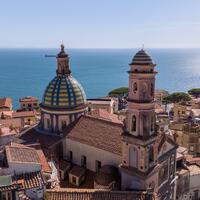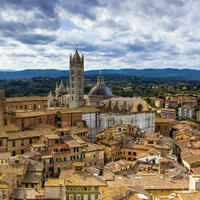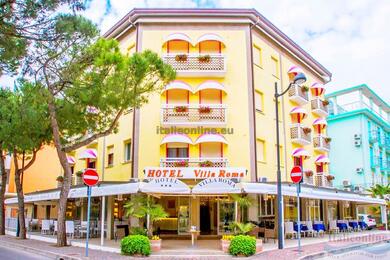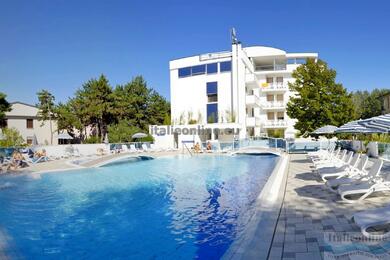A poor soup with a rich history
This dish has its roots in the Middle Ages, when peasants could not afford to waste food. They used leftover roasted vegetables, beans and hard bread to give the soup its thickness. Ribollita is thus an example of cucina povera - a poor cuisine based on seasonal ingredients and making the most of the ingredients available.
What makes ribollita ribollita?
The base consists of black cabbage (cavolo nero), cannellini beans, carrots, celery, onions, tomatoes and old tuscan bread, which is added at the end to thicken the soup beautifully. There is also good quality olive oil and aromatic herbs such as thyme and rosemary.
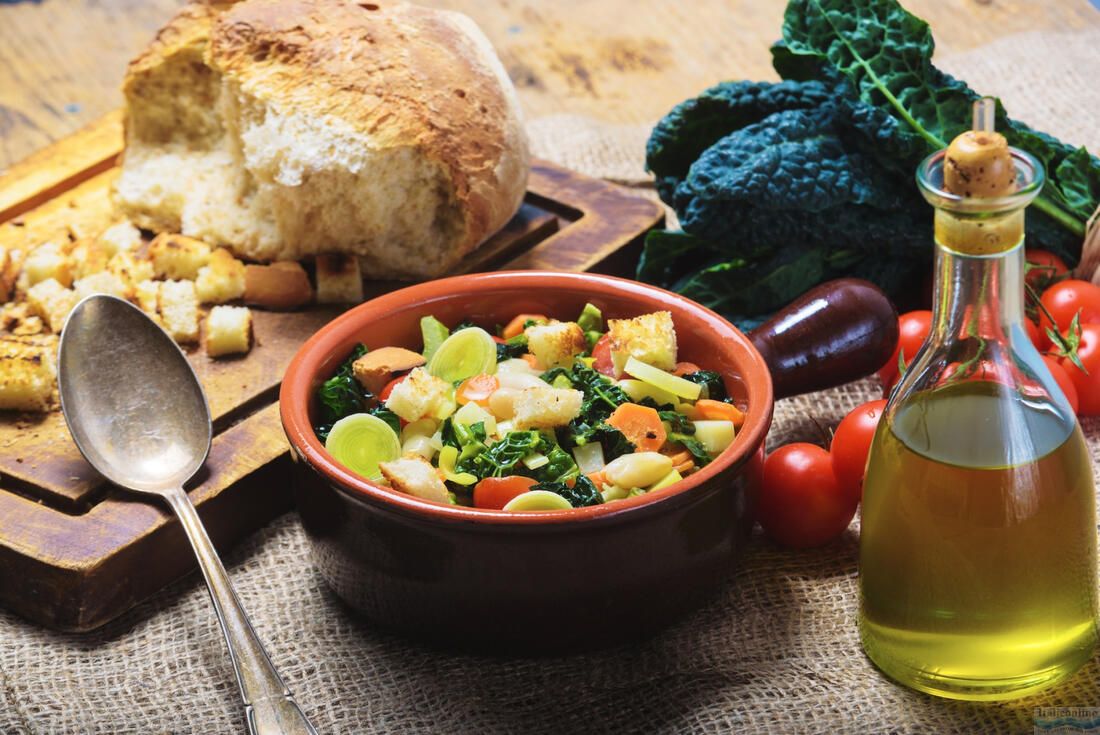
One of the key elements of the preparation is repeated heating, which brings the flavours together and gives the soup its characteristic texture. Ribollita tastes best on the second or third day, when it is even thicker and more intense.
How to enjoy it?
It is served warm, drizzled with extra virgin olive oil and often accompanied by freshly ground pepper. It tastes best in the winter months, when it can warm up beautifully. And because it contains no meat, it is also popular with vegetarians.
Ribollita is an example of how a simple dish can be incredibly delicious, whether you have it in a small Tuscan trattoria or prepare it at home.


